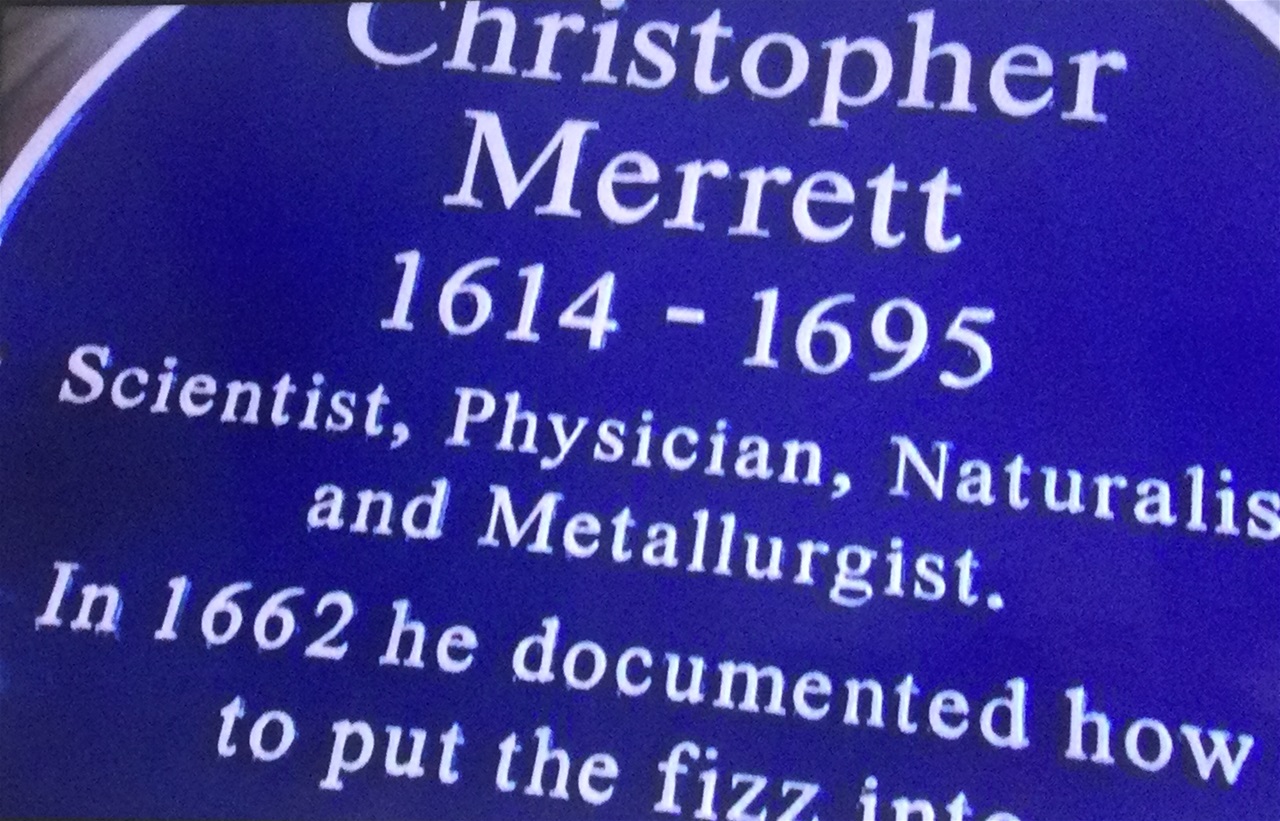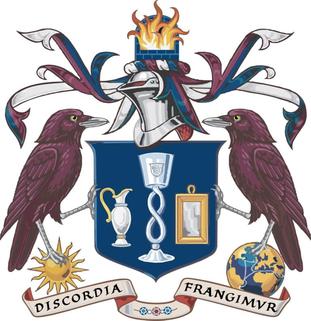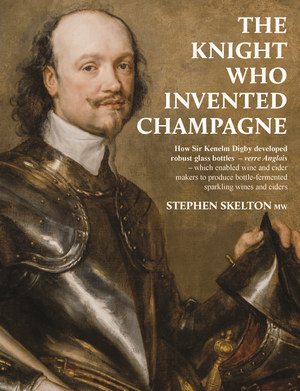You know what I love about wine? (apart from the taste, of course!) It's the fact that Oenology involves the study of biology, chemistry, geography, history, geology, climate, even religion. And the more I learn, the more I want to know.
I'm a Liveryman in the Worshipful Company of Glass Sellers, which received its Royal Charter in 1664, so the history of glass is another field of interest. I knew that the English were first to develop a bottle strong enough to withstand liquids under pressure but I didn't know the whole story.
The secret to Keeping the fizz in the bottle
Christopher Merrett had studied at Oxford University and practiced as a Doctor of Medicine, becoming a member of the Royal College of Physicians in 1651. He developed an interest in industrial uses of minerals and in 1662 translated Antonio Neri’s 1611 work, The Art of Glass, adding 147 pages from other authors and his own observations.
Merret was also a naturalist who collected new plants, maintained a herb garden and compiled one of the first lists of the flora, fauna and minerals of England, the Pinax Rerum Naturalium Britannicarum, published in 1666.
But the reason why Christopher Merrett should be in every wine lover's personal Hall of Fame is that he made the first documented reference to Secondary Fermentation in sparkling wine production. In a lecture on 17 December 1662 he presented Some Observations concerning the Ordering of Wines to the newly formed Royal Society.
Merret described winemakers adding quantities of sugar and molasses to make the wines "drink brisk and sparkling".
Move over, Dom Pérignon
Instantly recognisable today as méthode champenoise, Merret was describing the addition of liqueur de tirage in order to stimulate a secondary fermentation that produces the bubbles in sparkling wine. Merrett's predecesssor, Sir Robert Mansell had industrialised glass production in the 17th Century, with factories creating, for the first time, bottles strong enough to allow deliberate secondary fermentation without exploding.
It is important to note that Merrett's lecture preceded Dom Pérignon's "discovery" in Champagne, France, by at least 35 years. Between Merrett and Mansell the true origin of modern sparkling wine production is unquestionably English. Perhaps we should ask the Champenois to describe their sparkling wines as "Methode Anglais"...
And the next time you open a bottle of bubbly, especially if it's an English or Welsh sparkling wine, remember to raise a glasss to Sir Robert Mansell and Christopher Merrrett.
The Knight who invented Champagne
The Knight Who Invented Champagne is the story of King James I, Admiral Sir Robert Mansell and Sir Kenelm Digby (and a few others) and the part they all played between 1615 and 1632 in revolutionising the production of glass.
In his latest book, English Wine expert Stephen Skelton MW charts how developments in the British glass industry in the early part of the 17th century led to the production by Sir Kenelm Digby of strong glass bottles, the so-called verre Anglais. These ‘shaft and globe’ bottles, strong enough to contain the pressure of a second fermentation, led to the production of bottle-fermented sparkling wines and ciders.
Release Date 1st May 2021
The Knowledge - Worshipful Company of Glass Sellers
Website - https://www.glass-sellers.co.uk/





Latest comments
Hi Carrie, am running the Cecchi Challenge on Thursday - I need your address to send the blind tasting samples to. Please can you email it to me?
Shouldn’t you always be giving the supermarkets a miss for wine?!? Also, wine under a tenner from Lebanon that’s worth drinking? Even the nasty product from Majestic does is more than 10.